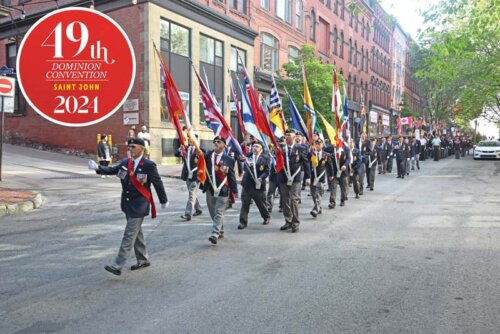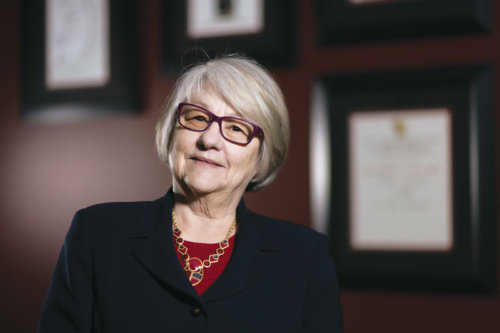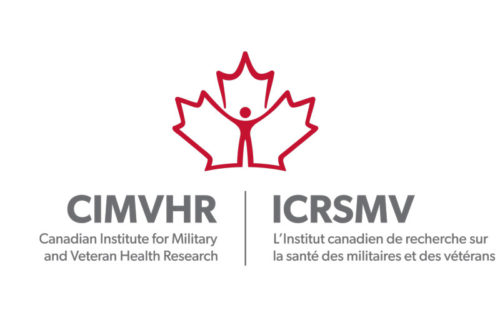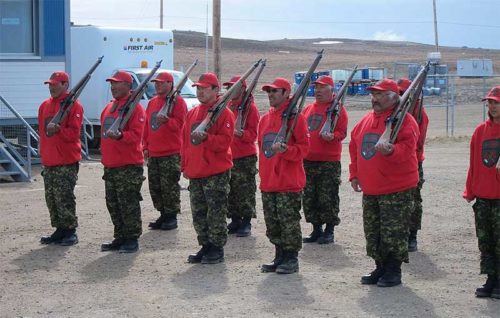
Moving toward 100
From technological innovation to membership growth and beyond, The Royal Canadian Legion shows no sign of slowing down as it approaches its centennial

From technological innovation to membership growth and beyond, The Royal Canadian Legion shows no sign of slowing down as it approaches its centennial

Recently retired Legion Magazine staff writer Sharon Adams has been named the 2022 recipient of the Ross Munro Award for outstanding reporting on Canadian defence matters.

An army of volunteers helped serve veterans, their families and communities across Canada in 2022. Volunteer dedication enabled the Royal Canadian Legion to pull through

It was the 12th annual forum and the first in-person one since the pandemic pause. Forum attendees discussed the latest in veteran health research and policy, and ways to address the most pressing health concerns facing veterans today.

Honours, veterans and language dominate discussions in a one-day affair The 59th Quebec Provincial Command Convention was all business. Held solely on Sept. 24, 2022, due

The Canadian Armed Forces Ombudsman has criticized the military for failing to address shortcomings in its treatment of reservists and Canadian Rangers, saying none of



Get the latest stories on military history, veterans issues and Canadian Armed Forces delivered to your inbox. PLUS receive ReaderPerks discounts!

| Cookie | Duration | Description |
|---|---|---|
| cookielawinfo-checkbox-analytics | 11 months | This cookie is set by GDPR Cookie Consent plugin. The cookie is used to store the user consent for the cookies in the category "Analytics". |
| cookielawinfo-checkbox-functional | 11 months | The cookie is set by GDPR cookie consent to record the user consent for the cookies in the category "Functional". |
| cookielawinfo-checkbox-necessary | 11 months | This cookie is set by GDPR Cookie Consent plugin. The cookies is used to store the user consent for the cookies in the category "Necessary". |
| cookielawinfo-checkbox-others | 11 months | This cookie is set by GDPR Cookie Consent plugin. The cookie is used to store the user consent for the cookies in the category "Other. |
| cookielawinfo-checkbox-performance | 11 months | This cookie is set by GDPR Cookie Consent plugin. The cookie is used to store the user consent for the cookies in the category "Performance". |
| viewed_cookie_policy | 11 months | The cookie is set by the GDPR Cookie Consent plugin and is used to store whether or not user has consented to the use of cookies. It does not store any personal data. |



Free e-book
An informative primer on Canada’s crucial role in the Normandy landing, June 6, 1944.